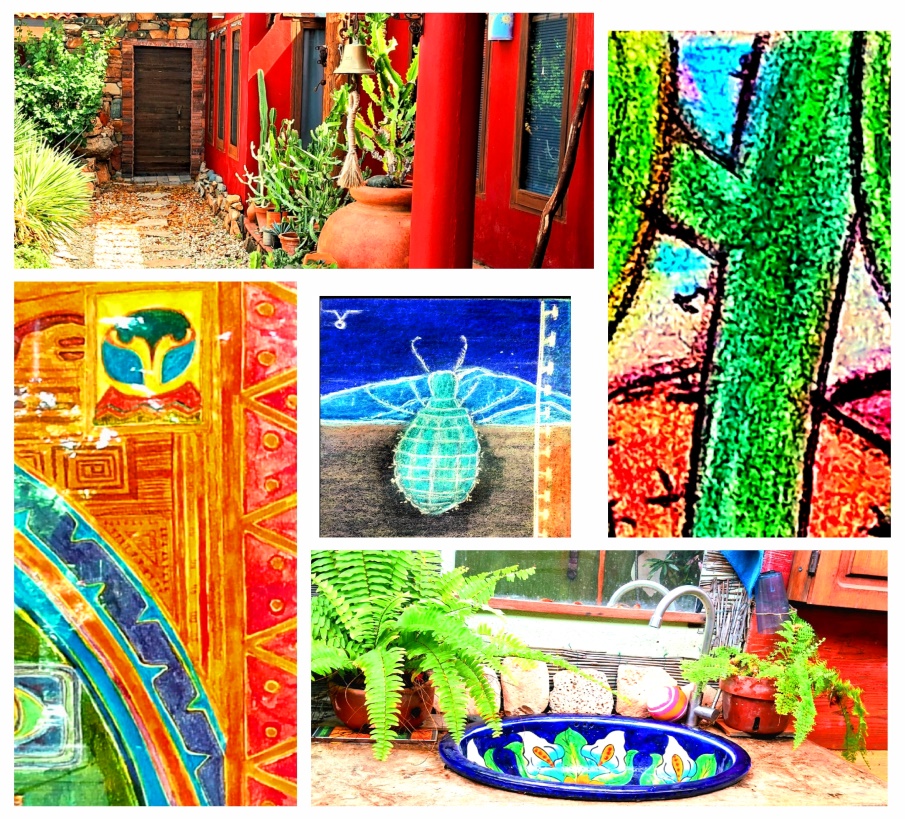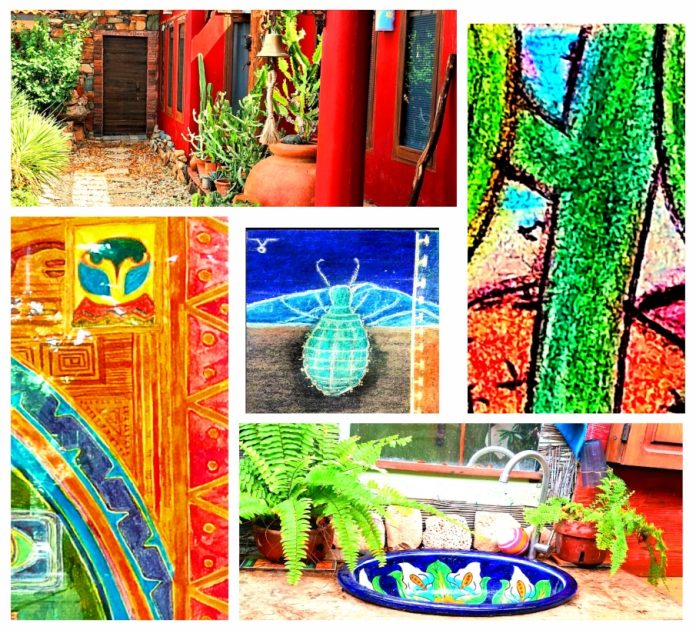Booking a magical glimpse inside Etnia Nativa
Discover the heart of Aruba like never before with Etnia Nativa – a captivating journey where education merges with revealing entertainment. “Etnia Nativa,” with its name meaning “native ethnicity,” plays an essential role in honoring and celebrating the rich traditions and cultural contributions of the Native Aruban people.
Native art was often created not just as an aesthetic pursuit but as a way to understand, explain, and interact with the natural world and the cosmos. The use of symbols, such as animals or celestial motifs, can be seen as a form of storytelling, connecting the artist, their community, and the environment. Some believe that ancient rock art even symbolized visions of space travelers, reflecting a deeper connection between indigenous cultures and the mysteries of the universe. This view of art was tied closely to spiritual beliefs, where artists were seen as intermediaries between the physical and spiritual worlds, rather than creators of purely personal or decorative work.

The creation of art, in this sense, was not about individuality or realism, as seen in European traditions, but about sharing a collective vision. The focus was on embodying the sacred or capturing important moments for the community, which is reflected in the way symbols and imagery were used. For example, animal figures in rock art may have had spiritual significance, representing qualities of the animal or the relationships between the creatures and humans.
The connection between art, nature, and culture is pivotal for achieving deep, resonant results in both the creation of art and its impact on the audience. This intersection fosters a sense of responsibility, identity, and community, leading to works that speak not only to aesthetic beauty but also to social, environmental, and cultural consciousness.
Nature is a profound source of inspiration, but more importantly, it offers a wealth of materials and processes that can shape artistic works in sustainable and meaningful ways. By incorporating elements from the natural world, artists can create works that reflect the rhythms and cycles of nature, as Etnia Nativa does with their use of locally sourced clay. This approach encourages a more mindful use of resources, reducing waste and promoting environmental stewardship. The inherent qualities of natural materials—texture, color, form—can also add layers of meaning to the work, as they evoke the beauty and fragility of the Earth.
Culture is the lens, through which we interpret the world, and through art, we often see the values, traditions, and history of a community reflected. For Etnia Nativa, using pre-Columbian techniques to craft their clay works helps preserve and honor Aruba’s heritage while reinforcing a sense of local identity. Culture shapes the way art communicates, from the symbols used to the stories told, and it can be a vehicle for cultural preservation and revitalization, particularly in the face of globalization. This artistic engagement with culture can also challenge and reframe societal norms, urging collective reflection on the way we live and interact with the world.
Together art, nature and culture: when these three elements intersect, the results can be transformative. The fusion of environmental sustainability with cultural practices enriches the meaning of each piece, making it not just a visual creation but a reflection of a broader social and ecological message. This holistic approach invites the viewer to consider not only the aesthetic appeal of the art, but also its deeper significance in terms of ecological responsibility and cultural heritage. By creating with nature in mind, artists encourage a deeper connection between the viewer and the environment, fostering an awareness of our collective responsibility to care for both our cultural heritage and the planet we inhabit.
In the case of Etnia Nativa, their work isn’t just about creating beautiful objects but about sparking a conversation—a call to action—about how we live in harmony with the environment, how we preserve our cultural legacy, and how we can, through mindful artistic practices, contribute to a more sustainable and thoughtful future.
If you liked our native stories and are interested in learning the true identity of Aruba, a visit to Etnia Nativa would be a fantastic choice. It has been a trend setter since 1994, as a co-founder of projects such as Arikok National Park, the Archaeological Museum, and the Artisan Foundation, among others. Every week, this newspaper continues to share its valuable knowledge. Don’t miss the opportunity to feel the island’s spirit through learning real stories that are not just remembered; they resonate, they’re felt, and they stir souls. Book your visit: WhatsApp +297 592 2702 etnianativa03@gmail.com











